The Ultimate Disguise: The Story Behind Don’t Call Me Poop!
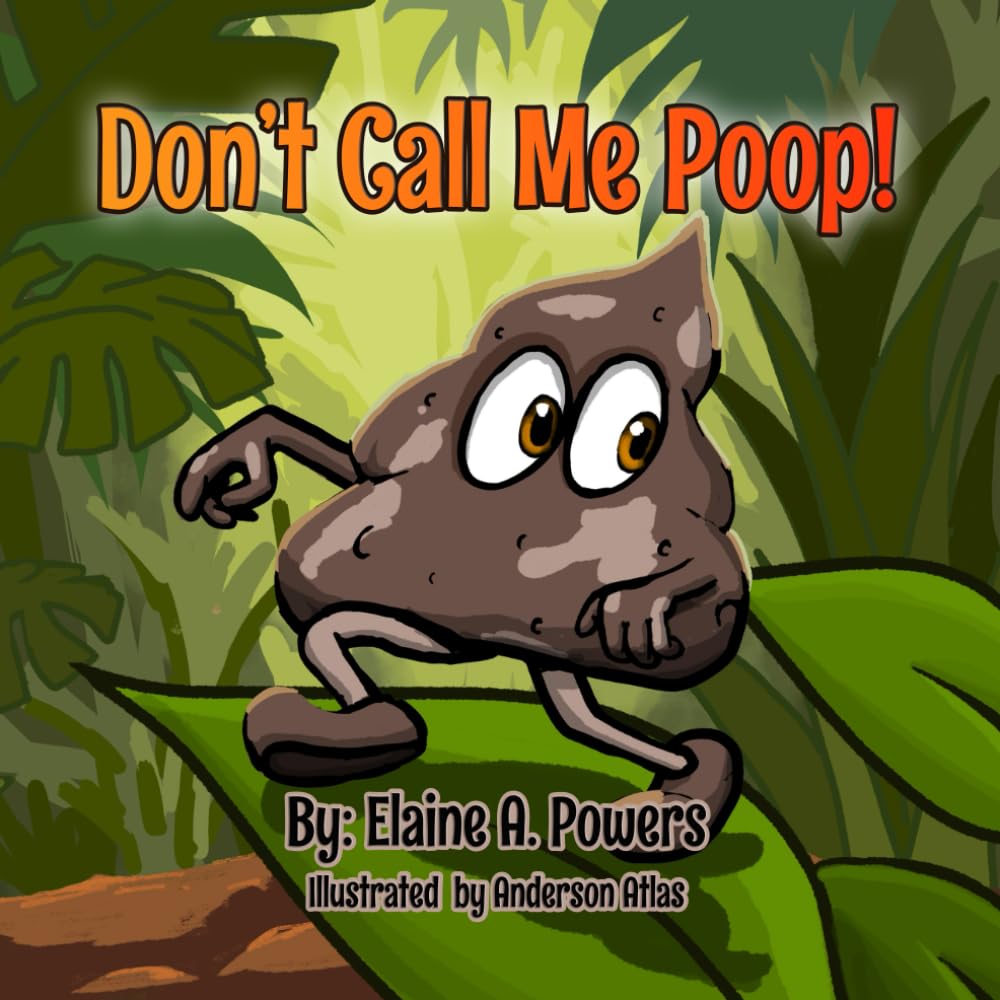
Sometimes, inspiration for a new book comes from the most unexpected places. While some books require months of planning, my most recent one was not only quick to write but also incredibly fun. The idea hit me like a flash of lightning, all thanks to a scientific article about caterpillars. The topic? The fascinating and […]
An Old Fossil Publishes a Dinosaur Book!
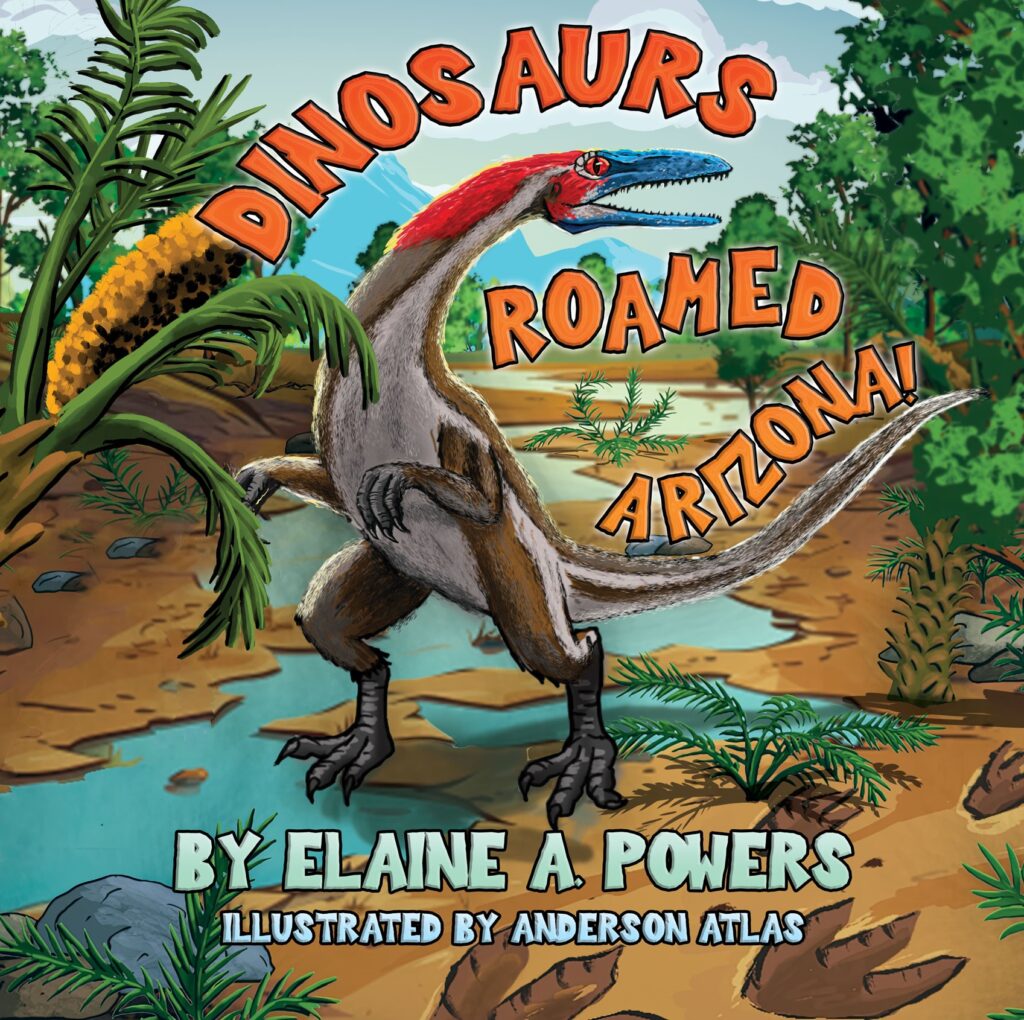
Every festival, I’m asked if I have any books about dinosaurs. Up until now, I’ve had to say no. However, if a topic is requested often enough, what is an author to do but write one? Sure, there are books about dinosaurs, but how about books about the dinosaurs found in Arizona? Once again, I […]
November: Gone in a NaNo Second!

For many writers, November is the month for NaNoWriMo. This event encourages people to put 50,000 words towards any novel. Unfortunately, I usually start the month doing great, meeting or exceeding my desired word count daily. However, November tends to be a hectic month for me in the other areas of my life. I have […]
Vampire…Tortoise?!
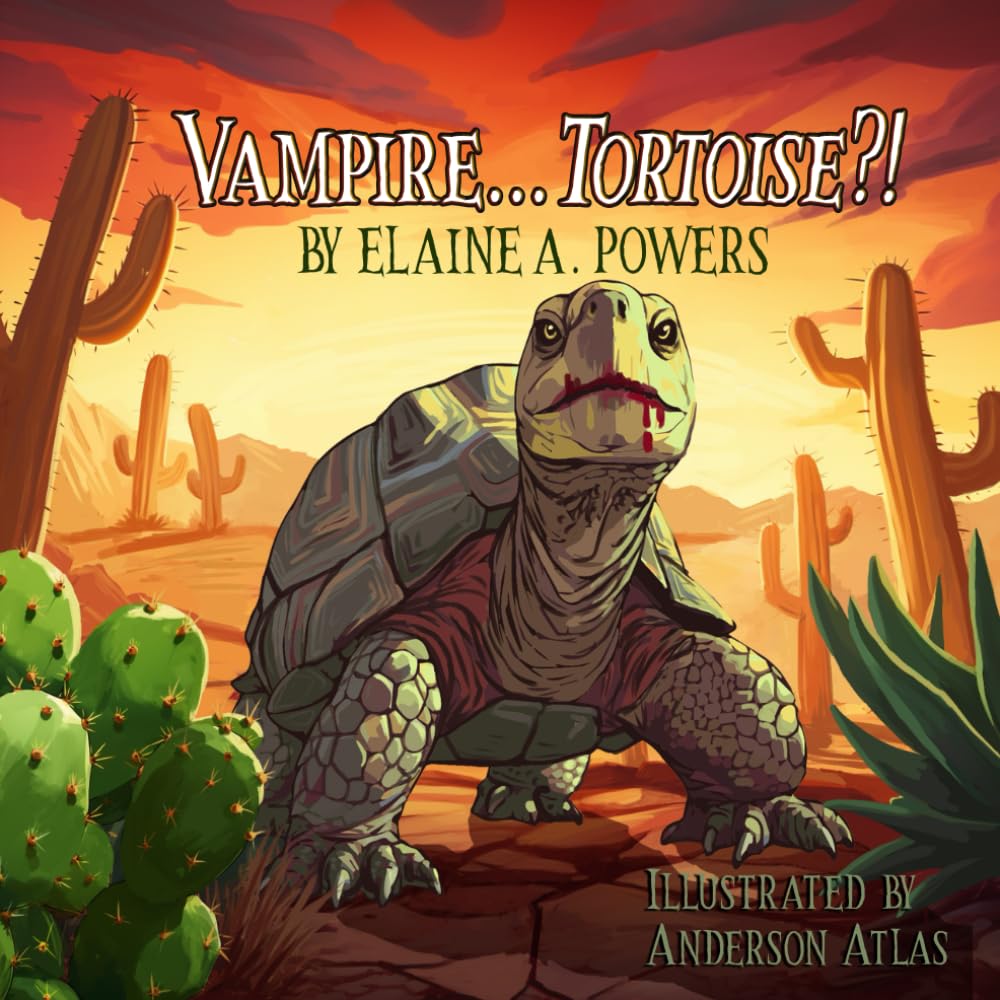
What do you think of when you hear or read the word ‘vampire’? Does your mind go to the human Count Dracula, or perhaps it’s to bats? Members of the Desmodontinae bat subfamily feed on the blood of other animals. Consuming blood is called hematophagy. But not just bats are vampires. There are the candiru […]
Join Me at TFOB!
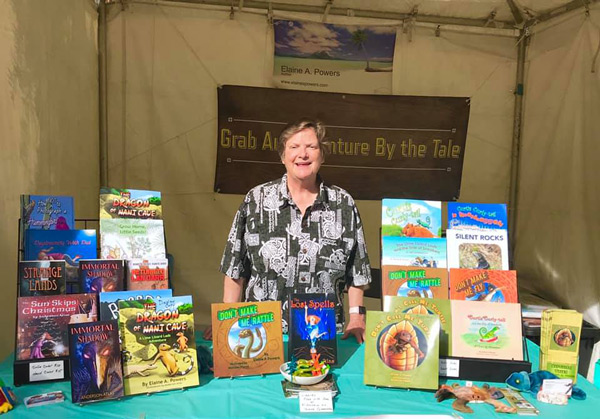
The festival is coming! The festival is coming! On March 4 & 5, 2023, the best book festival in the country, the Tucson Festival of Books, will be held at the University of Arizona mall. If you’re a newbie to TFOB, or even a seasoned professional, planning your visit can be a bit overwhelming. Not […]
Why Don’t I Write That?
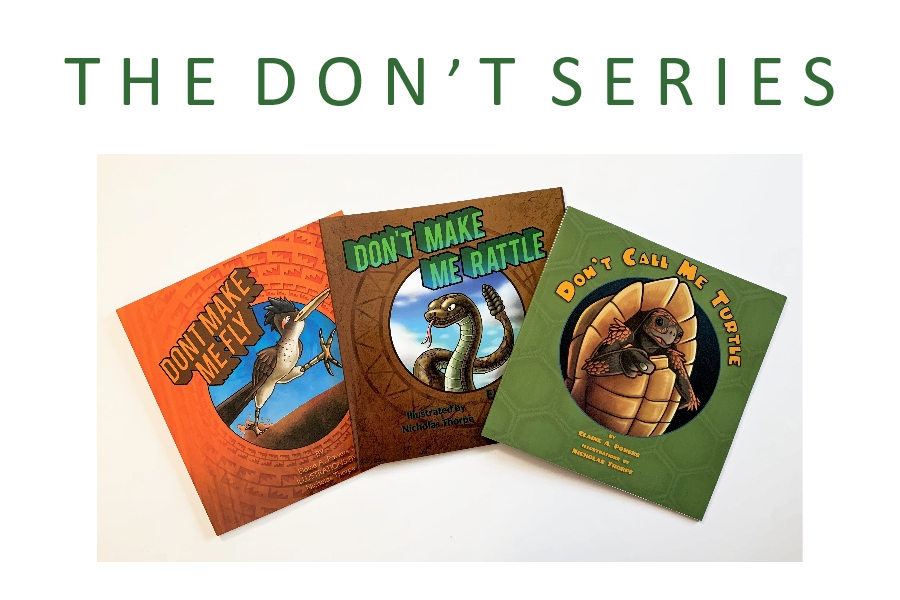
I’m so happy in-person book sales are returning. I love speaking to people about my books and about the importance of science education through children’s books. Many people are delighted to find my books and often suggest other topics for me to write about. I write them all down. My most popular books are my […]
Meet Calliope, the Muse of Long Poetry
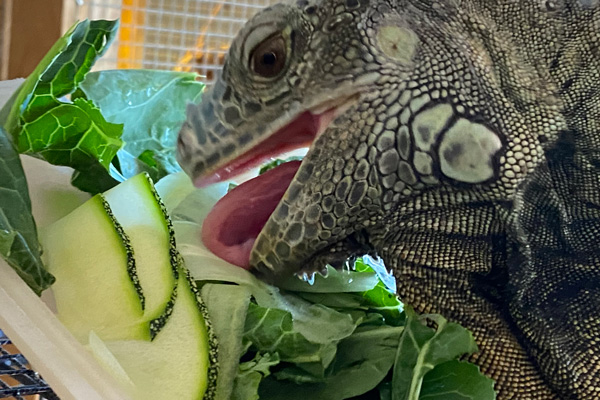
Most of the iguanas in my life have been green iguanas, Iguana iguana. However, not all green iguanas are green. Through the years I’ve cared for green iguanas who were various shades of green, orange, blue, and even one that was black and white. Like any animal, they all had different personalities. Some liked to […]
Snakes (and Science) for All!
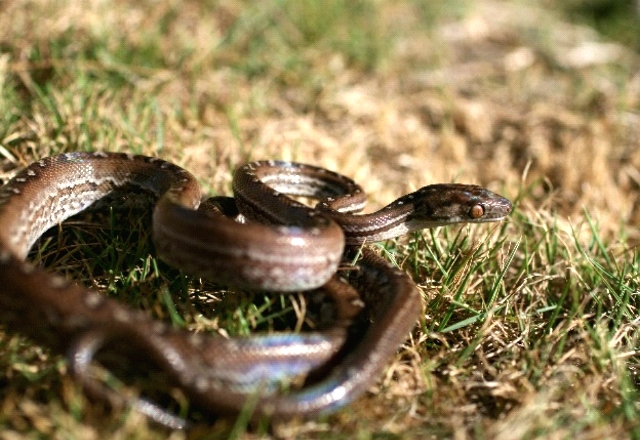
Buying books online is wonderfully convenient, but for me, selling my STEM-based books in-person is special, especially when the people are children. I’m delighted when kids show interest in the science that I include in my books. And I’m especially thrilled when girls are interested in snakes! Breaking into Science As a child, I dreamt […]
Today is National Tell a Fairy Tale Day– Meet Tabby the Five-Finger Fairy!
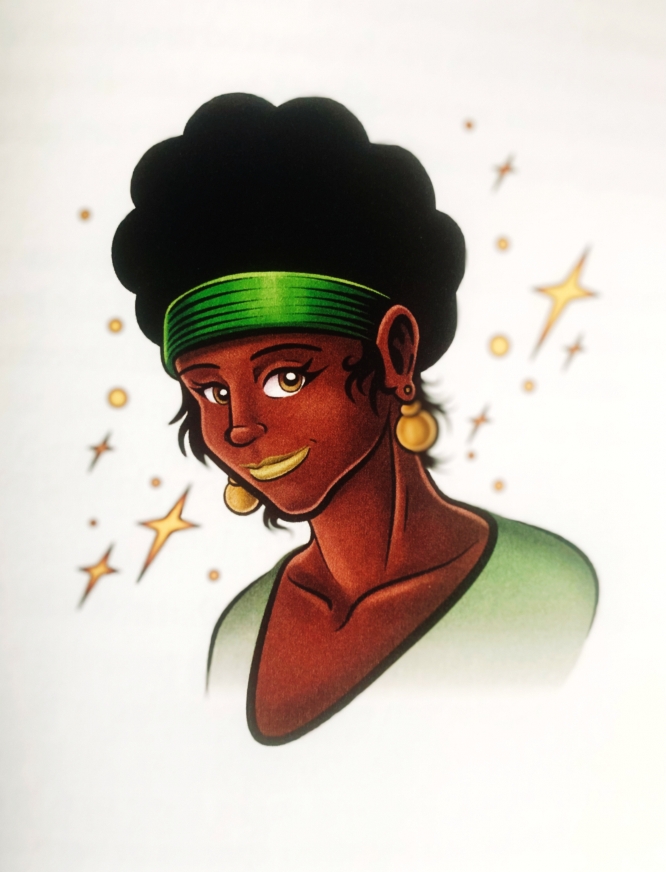
Today, February 26, is Tell a Fairy Tale Day. A fairy tale is defined as a children’s story about imaginary or magical beings and lands. Some fairy tales have been around so long they are part of folklore, passed down from storyteller to storyteller. Many of the fairy tales popular today were written in the […]
Horse Care, Sirens, and a Desert Singalong
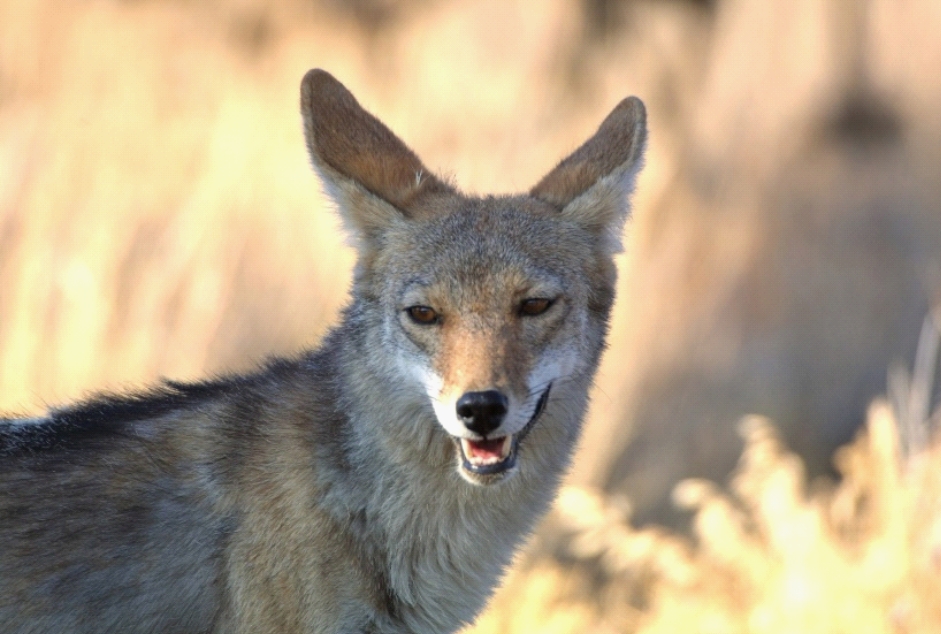
One afternoon about 3:00 p.m., I heard sirens on a nearby main road. The sirens went on for quite a while and included several pitches. The vehicles probably included those from the police and fire departments, and perhaps an ambulance. I listened as I brushed my horse, Button. She turned to listen to the noise, […]
Do Books Have Birthdays? Yes!
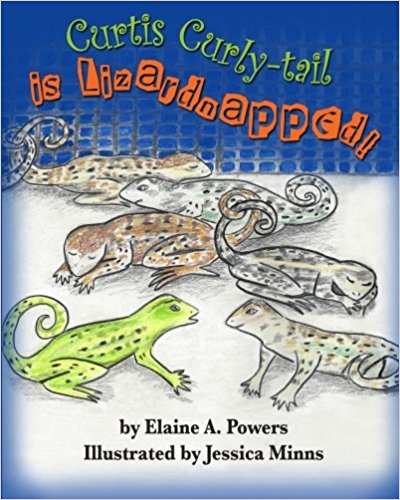
I am pleased to announce the “birth” day of my book above. Curtis Curly-tail is Lizardnapped (an adventure tale featuring endangered flora and fauna of The Bahamas) is four years old this month.The book has a conservation/ecological theme–woven into a story about Curtis Curly-tail Lizard and his friends, who all work together to save themselves […]
Drawn to the Amazing Singing Wind Bookshop
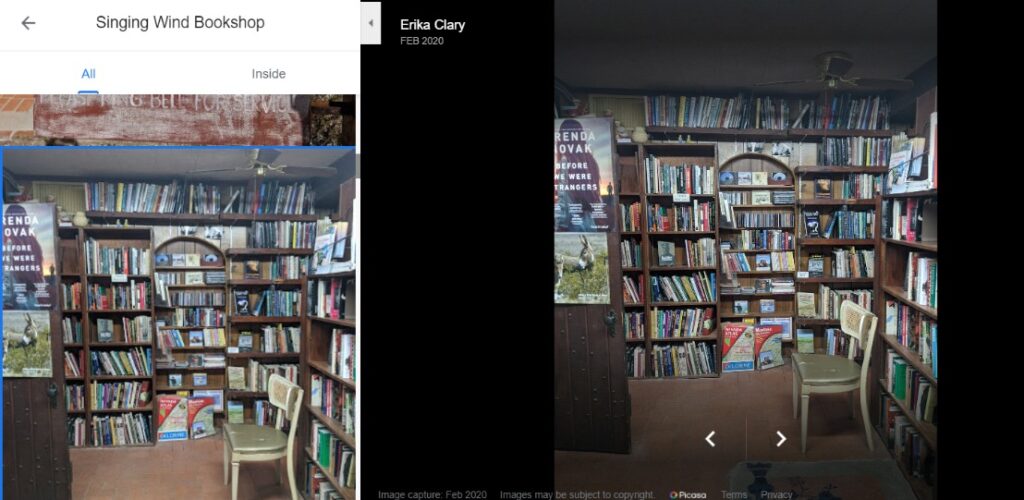
Bookshop Photo by Erika Clary Writing a book is often the easiest part of “the book business.” Unfortunately, due to the hours lost to writing, the author then has to market her work, even, in our times, if she is traditionally published. As scary as it is to go to bookstores and ask the manager […]
To Illustrate or Not? Yes–Absolutely!
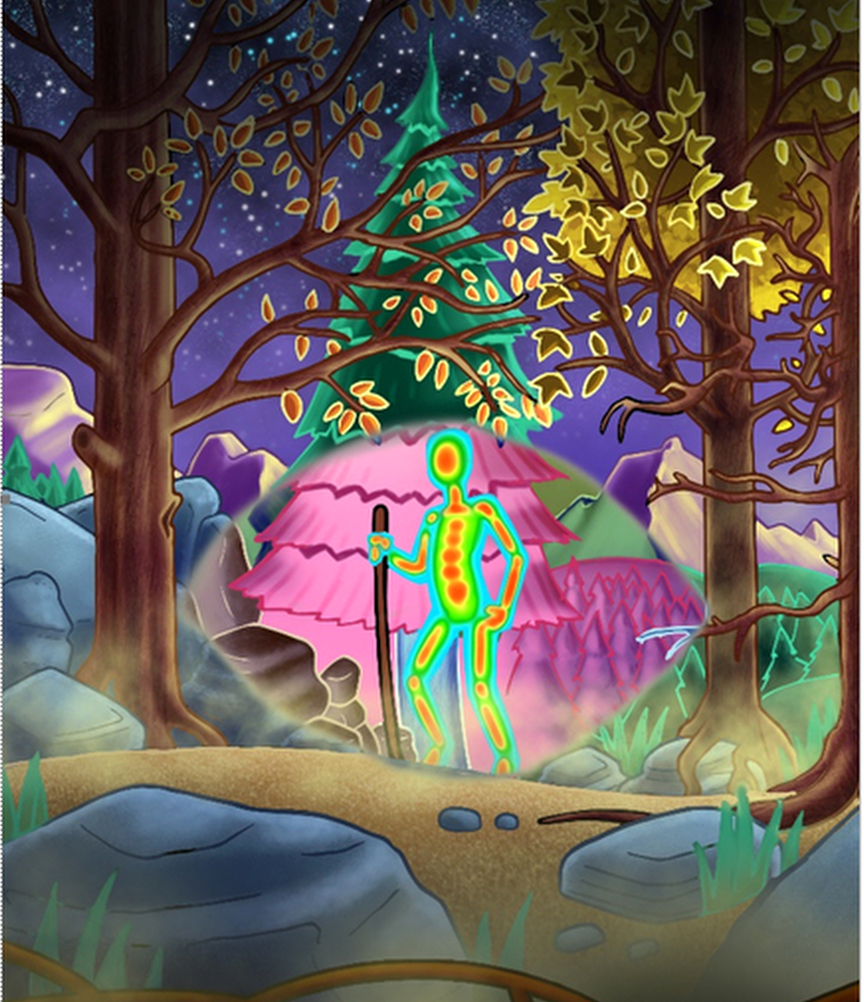
In the above illustration from Don’t Make Me Rattle! the reader can see the heat-sensing ability of rattlesnakes. I’ve been at odds with some of the ideas of traditional publishers lately. First is the preference to avoid rhyming in picture books. Personally, I feel picture books should always rhyme. I don’t think Dr. Suess would […]
Curtis Curly-tail is Blown Away is Now Available! by Curtis Curly-tail Lizard
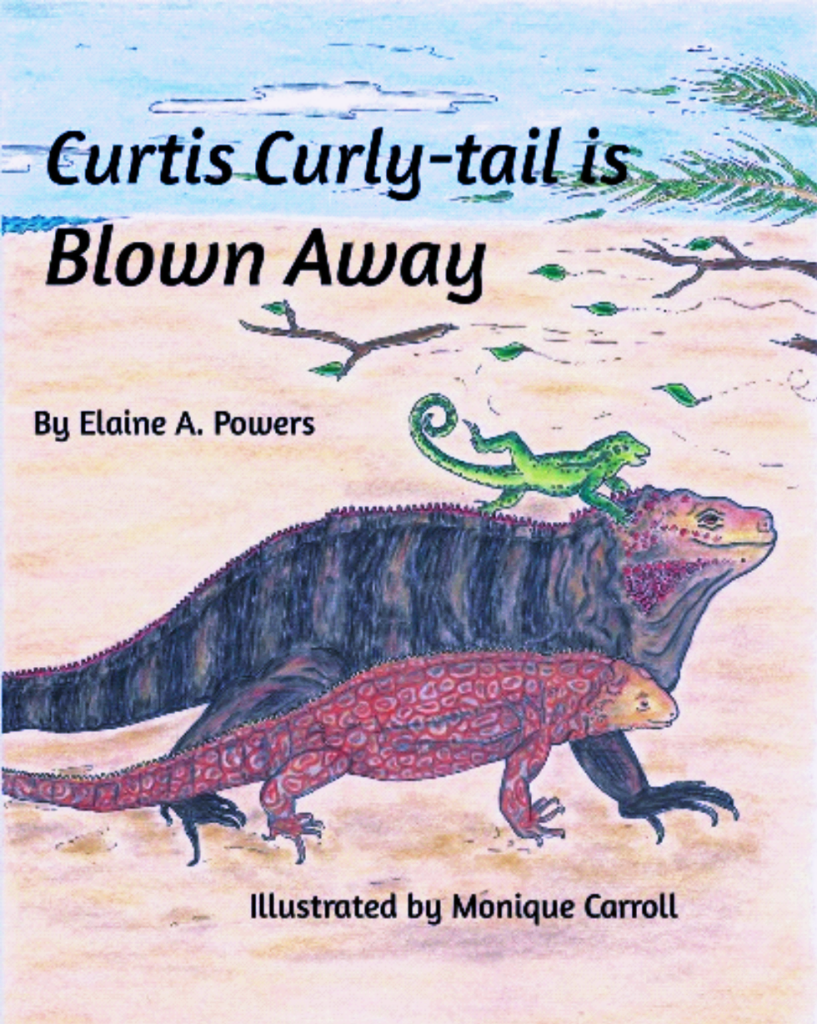
Hello, everyone! I recently mentioned my latest book would soon be out—well, it’s here! The next Curtis Curly-tail adventure has been released: Curtis Curly-tail is Blown Away is written by, of course, my good friend and author, Elaine A. Powers. The gorgeous illustrations are by artist Monique Carroll, who also illustrated Grow Home, Little Seeds. […]
Surprise Your Employees with Some Fun–Use Zoom to Perform a Short Play!
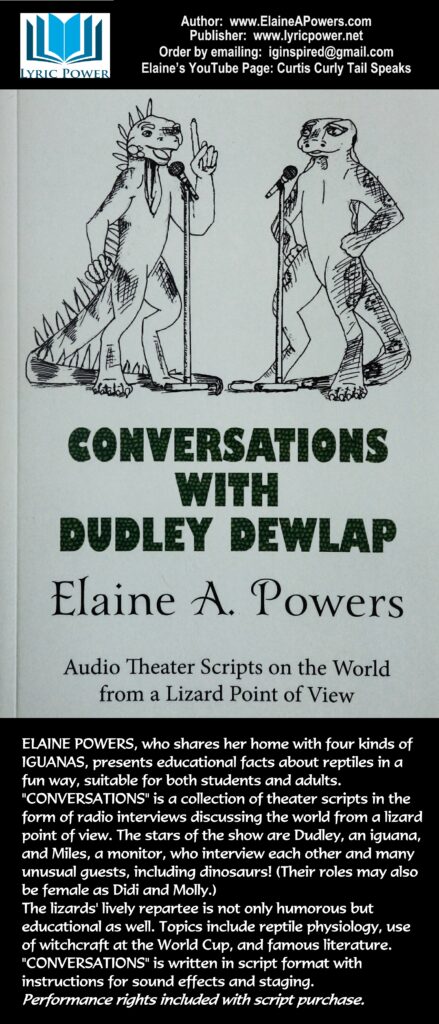
Today is National Radio Day. Way back before TV/streaming media as we know it and before today’s audio books, there was radio. Of course, there still is, but in the early part of the twentieth century, radio was our only source for news from around the world, and it provided wonderful entertainment. Radio shows were […]
It’s Get to Know Your Customers Day!
Get to Know Your Customers Day is a day that is of interest to me every day. I want to know my customers. Do they like my books? How can my books be better? What should I write about in the ones to come? How can I improve the workbooks and activity sheets sold at […]
Just Start!
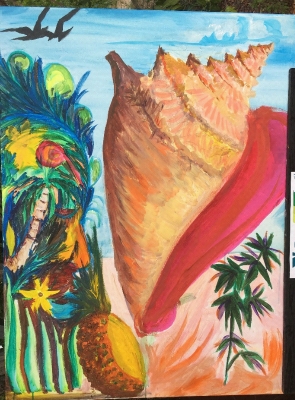
Have you ever had to do something that you didn’t want to do or you just couldn’t get started? It happens to all of us. It’s easy to find excuses not to start. Like when writing blog posts, I stare at the blank page and wonder what I should write. All that white space, staring back at […]
Fun Geology and Biology for The Lime Lizards Lads!
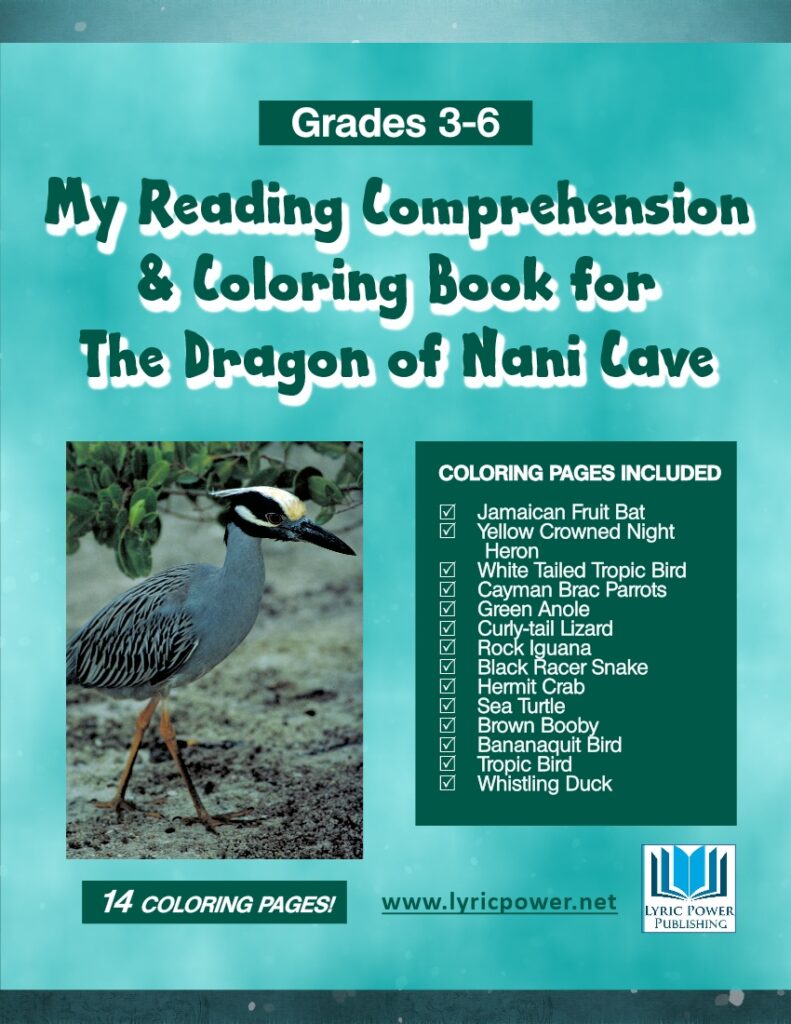
Geology is the science that explores the earth’s physical structure and substance, its history, and the processes that act on it. Geology is often included under the topic of Earth Sciences. You might be surprised to learn that I often include geology in my fun science books that feature lizards. You can’t really study biology […]
Don’t Call Me Turtle!

Ladies and gentlemen, it’s me, Curtis! Welcome to my first “Tails” post! Today, I’m telling you the story of Myrtle, a Red-foot TORTOISE who lives with Elaine. When Myrtle grew tired of everyone calling her Myrtle the Turtle, one day she asked Elaine to write a book about the differences between tortoises and turtles. Of […]